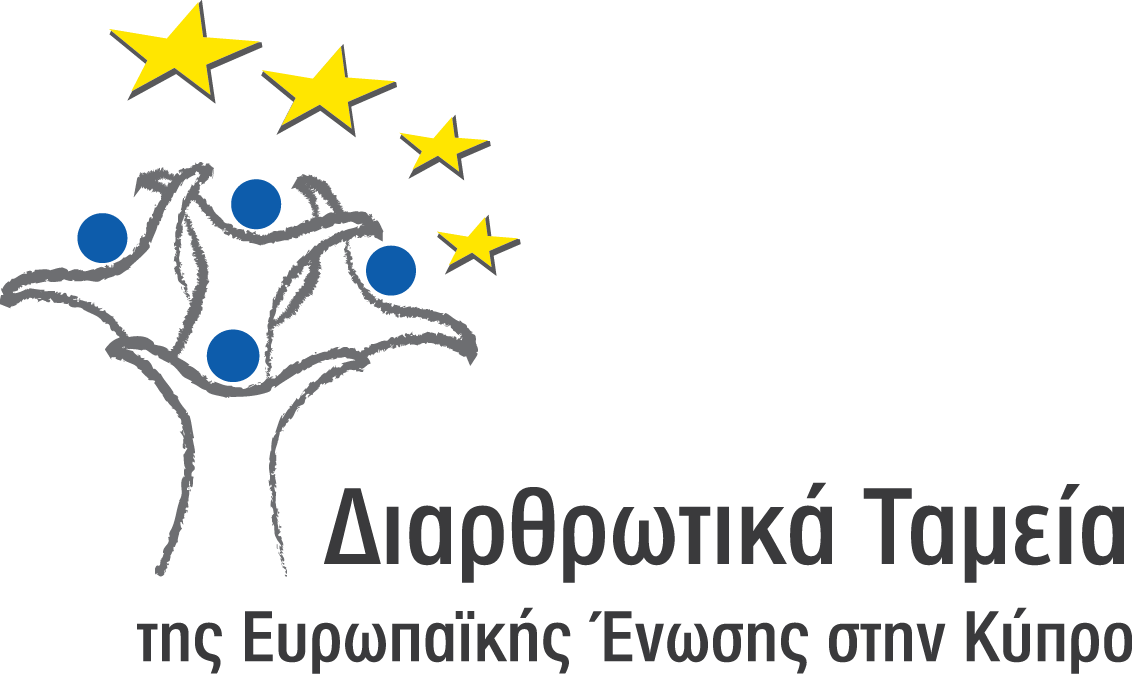 |
 |
 |
The main aim of this proposal is the introduction of a new post-doctoral researcher at the Cyprus Ionospheric Research Group (CyIRG) at Frederick Research Center for high-level scientific research in the field of High Frequency (HF) Communications. The principal scientific goal of the project is to extend the existing dedicated HF interference monitoring system to provide effective measurement and analysis of bandwidth, azimuthal and high-angle (corresponding to signals arriving from high elevation angles) HF spectral occupancy in Cyprus. The incentive for this initiative stems out of the well known fact that interference from legitimate users is one of the most common problems encountered in the use of the HF spectrum due to its long range transmission properties. The dataset that will be assembled in the frames of the project will facilitate the investigation of the presence of any systematic component on the variability of spectral congestion in the HF band.
The project consists of 6 work packages:
WP1. Project Management
WP2. Dissemination Activities
WP3. Installation of the azimuthal antenna system
WP4. Measurements across the whole spectrum
WP5. Parameter and model investigation
WP6. Development and access to the HF service
The research undertaken will involve an extensive investigation of the dependence of HF interference characteristics in terms of new parameters such as filter bandwidth, azimuth and elevation angle in addition to various existing parameters such as signal threshold level, frequency, solar activity, time of day, day of year, and type of user. The dataset that will be assembled in the frames of the project will facilitate the investigation of the presence of any systematic component on the variability of spectral congestion in the HF band. Ultimately this effort aims to provide band filter bandwidth, azimuthal and high-angle experimental interference data in order to augment statistical, mathematical and data-driven low-angle model specifications based on data obtained by a system from the low-angle component of the HE016 antenna specifications that have been developed in the CyIRG in the last five years that may be used in conjunction with frequency predictions to advise operators on typical interference occupancy levels and assist in the planning of frequency usage and management. The extension of the existing monitoring system is expected to complement the operation of the digital digisonde (DPS-4D) operating in Cyprus since 2009 in the frame of real time monitoring of propagation conditions based on MUF (Maximum Usable Frequencies) to enhance HF communication systems predictions. The simultaneous operation of the two systems is considered quite beneficial in the case of Cyprus where the so-called near vertical incidence (NVIS) mode of propagation is the preferred mode of HF communication networks due to terrain imposed limitations. For NVIS (for which high-angle interference is more critical) the best operating frequencies usually lie within a small pass-band between 2 and 10 MHz. Congestion in the bands below 10 MHz increases as sunspot activity declines forcing the use the lower bands to maintain viable transmissions. The fact that we are currently leading a minimum sunspot activity period will allow for the full effect of solar activity on occupancy to be captured as we are progressing towards the high solar activity period in the next four to five years.
Researchers
Haris Haralambous / Frederick Research Center
Antonios Constantinides / Frederick Research Center
Michael Makrominas / Frederick Research Center
Harris Papadopoulos / Frederick Research Center
B. A. Witvliet HF Communications expert